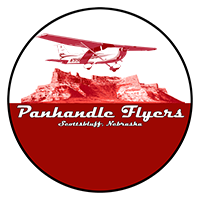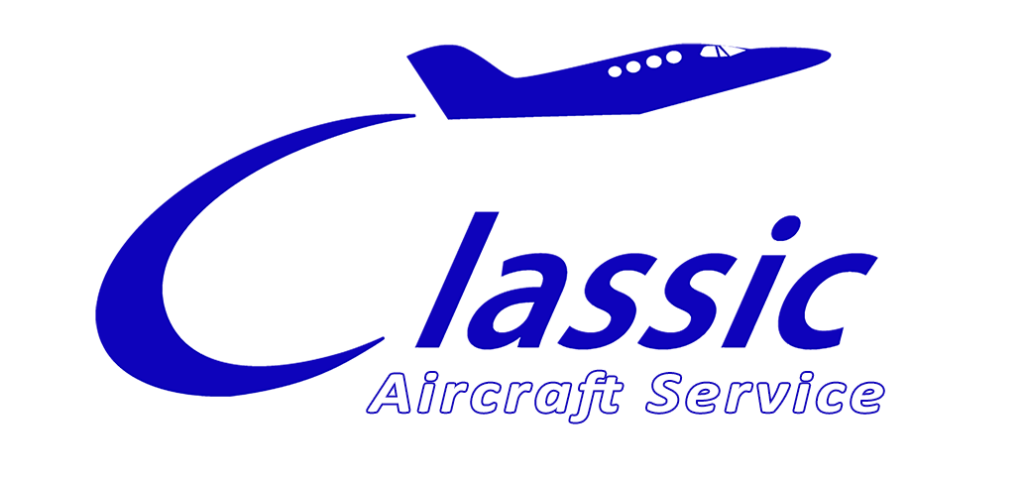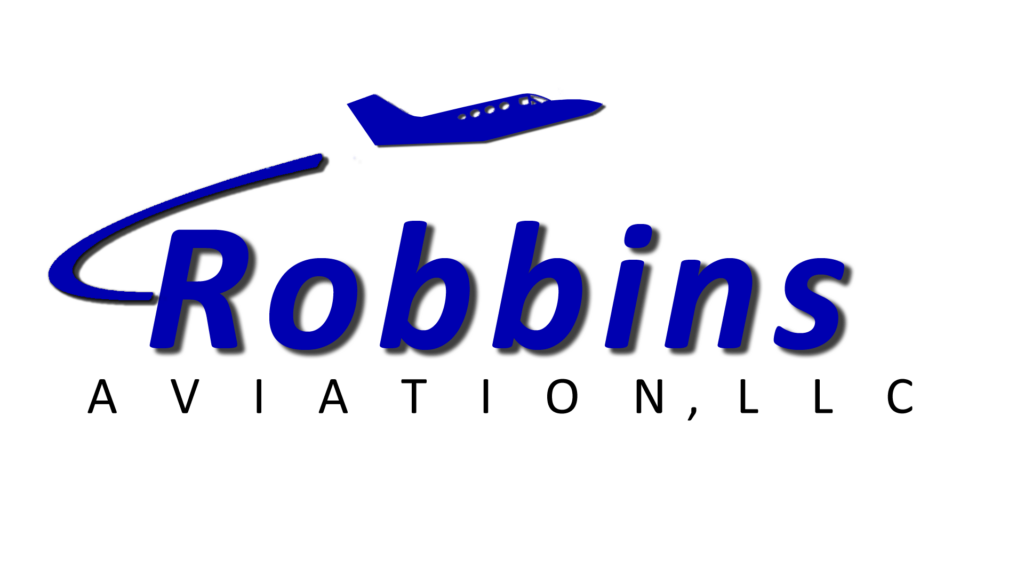Learn to Fly
Western Nebraska's Top Flight School
Are you looking to start your aviation adventure or stay current in your rating?
At Classic Aircraft Service in Scottsbluff, Nebraska, we offer a flight training program just for you.
Whether your dream is to excel in your aviation career or simply enjoy flying for the fun of it, we are here for it all and we have the resources to get you where you need to be.
How to get the most out of your training
1. Set Clear Goals
- Define what you want from your training—Private Pilot License (PPL), Instrument Rating, Commercial Pilot, etc.
- Establish a timeline that aligns with your schedule and budget.
2. Choose the Right Flight School & Instructor
- Research and visit multiple flight schools to find a good fit.
- Ensure the instructor’s teaching style aligns with your learning preferences.
3. Be Prepared for Every Lesson
- Read the training syllabus and review materials before each flight.
- Watch instructional videos and practice with flight simulators.
- Stay ahead on aeronautical knowledge (weather, regulations, airspace, etc.).
4. Develop Strong Study Habits
- Use FAA resources like the Pilot’s Handbook of Aeronautical Knowledge (PHAK).
- Join study groups and use flashcards or apps for memorization.
- Continuously review FAR/AIM regulations.
5. Stay Organized with a Training Log
- Keep track of flights, lessons, and areas for improvement.
- Review instructor feedback after each lesson and create an action plan.
6. Commit to Frequent Flying
- Fly at least twice a week to build muscle memory and avoid regression.
- Use a simulator or chair-fly to reinforce muscle memory between lessons.
7. Master Communication & ATC Procedures
- Practice aviation phraseology and listen to live ATC communications.
- Learn to anticipate ATC instructions and respond confidently.
8. Focus on Fundamentals
- Hone basic maneuvers: slow flight, stalls, steep turns, and landings.
- Build solid cross-country navigation and situational awareness.
9. Maintain a Professional Mindset & Safety Culture
- Always use checklists and maintain good aeronautical decision-making (ADM).
- Learn from mistakes and never rush through procedures.
10. Stay Healthy & Manage Stress
- Get proper rest, stay hydrated, and avoid flying under stress or fatigue.
- Maintain a positive attitude and trust the learning process.
By following these steps, you’ll be on the fast track to becoming a safe and competent pilot. What stage of training are you in right now? 🚀✈️
What does it Cost?
he total cost of obtaining a Private Pilot Certificate (PPL) varies based on factors such as location, aircraft rental rates, frequency of training, and student proficiency. On average, the total cost ranges from $8,000 to $15,000 in the U.S. Below is a breakdown of the expenses involved, with some estimates of learning with Classic Aircraft Service, Robbins-Aviation, and our local Panhandle Flyers flying club:
1. Flight Training Costs
The FAA minimum flight time for a PPL is 40 hours (including at least 20 hours with an instructor and 10 solo hours), but most students require 50-70 hours to be proficient.
| Expense | Estimated Cost |
|---|---|
| Aircraft Rental (Cessna 172 or similar – $120-$140/hr) | $6000 – $8000 |
| Instructor Fees ($50-$80/hr) | $2,000 – $4,000 |
| Flight Simulator Training (Optional but helpful) | $300 – $800 |
| Flying Club Dues | $75/mo |
2. Ground School & Written Exam
You’ll need to complete ground training to prepare for the FAA Knowledge Test (written exam).
| Expense | Estimated Cost |
|---|---|
| Online or In-Person Ground School | $250 – $600 |
| FAA Knowledge Test Fee | $175 |
3. Books, Materials, and Equipment
There are essential books, tools, and materials required for training.
| Expense | Estimated Cost |
|---|---|
| Pilot’s Handbook of Aeronautical Knowledge, FAR/AIM, etc. | $50 – $150 |
| Logbook | $15 – $50 |
| Headset (Basic to High-End) | $100 – $1,000 |
| E6B Flight Computer & Navigation Plotter | $30 – $100 |
| iPad or ForeFlight Subscription (Optional but useful) | $100 – $400 |
4. Medical Certificate & Miscellaneous Fees
Before flying, you’ll need at least a Third-Class FAA Medical Certificate.
| Expense | Estimated Cost |
|---|---|
| FAA Medical Exam (Third Class) | $75 – $200 |
| Student Pilot Certificate (Free from IACRA) | $0 |
| Checkride (FAA Practical Test – Includes Aircraft Rental) | $800 – $1,200 |
Total Estimated Cost:
- Low End: ~$8,000 (if completed near FAA minimum hours)
- Average: ~$10,000 – $12,000
- High End: ~$15,000+ (if additional training hours are needed or if training at a high-cost location)
Ways to Reduce Costs:
💰 Fly frequently – Consistency reduces total flight hours needed.
💰 Use a flight simulator – Helps reinforce training for less money.
💰 Study independently – Self-study using FAA-approved resources can cut down ground school costs.
💰 Train at a smaller airport – Larger airports tend to have higher rental rates and longer taxi times.
💰 Consider scholarships or financing options – Organizations like AOPA and EAA offer flight training scholarships.
Flying Club
If you don’t own your own aircraft to train in, or have access to someone elses’s training aircraft, our local flying club, Panhandle Flyers is another option that will allow you to rent local aircraft. There is an application fee of $250, and monthly dues of $75 beginning the 2nd month of membership.
Our club uses lease-back method, which means the club leases the aircraft from the owners, using membership dues to cover hangar and insurance costs.
Each aircraft then has an hourly “wet” rate, which means each hourly rate includes the cost of fuel.
Once you meet with your instructor, and schedule a discovery flight, they will go over the pros and cons of each aircraft type in the club and help you decide which aircraft is the best fit for you.
After completing training, you will have the ability to be checked out in each aircraft in the club at that time, after which they will be available for your personal use, as long as you are a member in good standing.
To download a copy of the membership application, click here.

Training Offered
- Private Pilot
- Instrument Pilot
- Commercial Pilot
- Multi-Engine Add-On
- CFI
- Tail Wheel Endorsement
- High Performance
- Bi-Annual Flight Review
- Proficiency Checks
Get Started
A Discovery Flight is an introductory flight experience designed to give a prospective student pilot a taste of what it’s like to fly an airplane. It’s typically the first step for anyone considering flight training and serves as an opportunity to see if pursuing a Private Pilot Certificate (PPL) is the right path for them.
What to Expect on a Discovery Flight:
1. Pre-Flight Briefing (15-30 Minutes)
- Meet with a Certified Flight Instructor (CFI) who will explain the basics of flight.
- Learn about aircraft controls, safety procedures, and what to expect during the flight.
- Get a quick introduction to aviation terminology, airspace, and aerodynamics.
2. Aircraft Pre-Flight Inspection (10-15 Minutes)
- The instructor will walk you through a pre-flight inspection (preflight check) to familiarize you with the aircraft and its systems.
- You’ll see how a pilot ensures the aircraft is safe to fly before taking off.
3. Flight Experience (30-60 Minutes)
- Once inside the cockpit, the instructor will go through the engine start checklist and communicate with Air Traffic Control (ATC) if necessary.
- After takeoff, the instructor may let you take control of the airplane under supervision, allowing you to experience basic maneuvers such as:
- Straight and level flight
- Gentle turns
- Climbs and descents
- You’ll also get to enjoy the views from a pilot’s perspective and see how the airplane responds to control inputs.
4. Post-Flight Debrief (10-20 Minutes)
- Once back on the ground, the instructor will discuss how the flight went.
- You’ll have the chance to ask questions about flight training, costs, and next steps.
- The instructor may log your flight time if you decide to pursue training.


